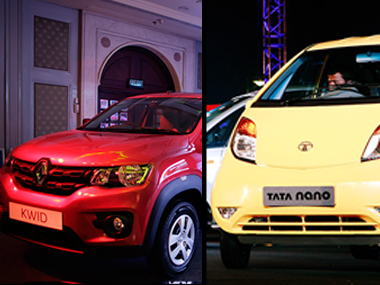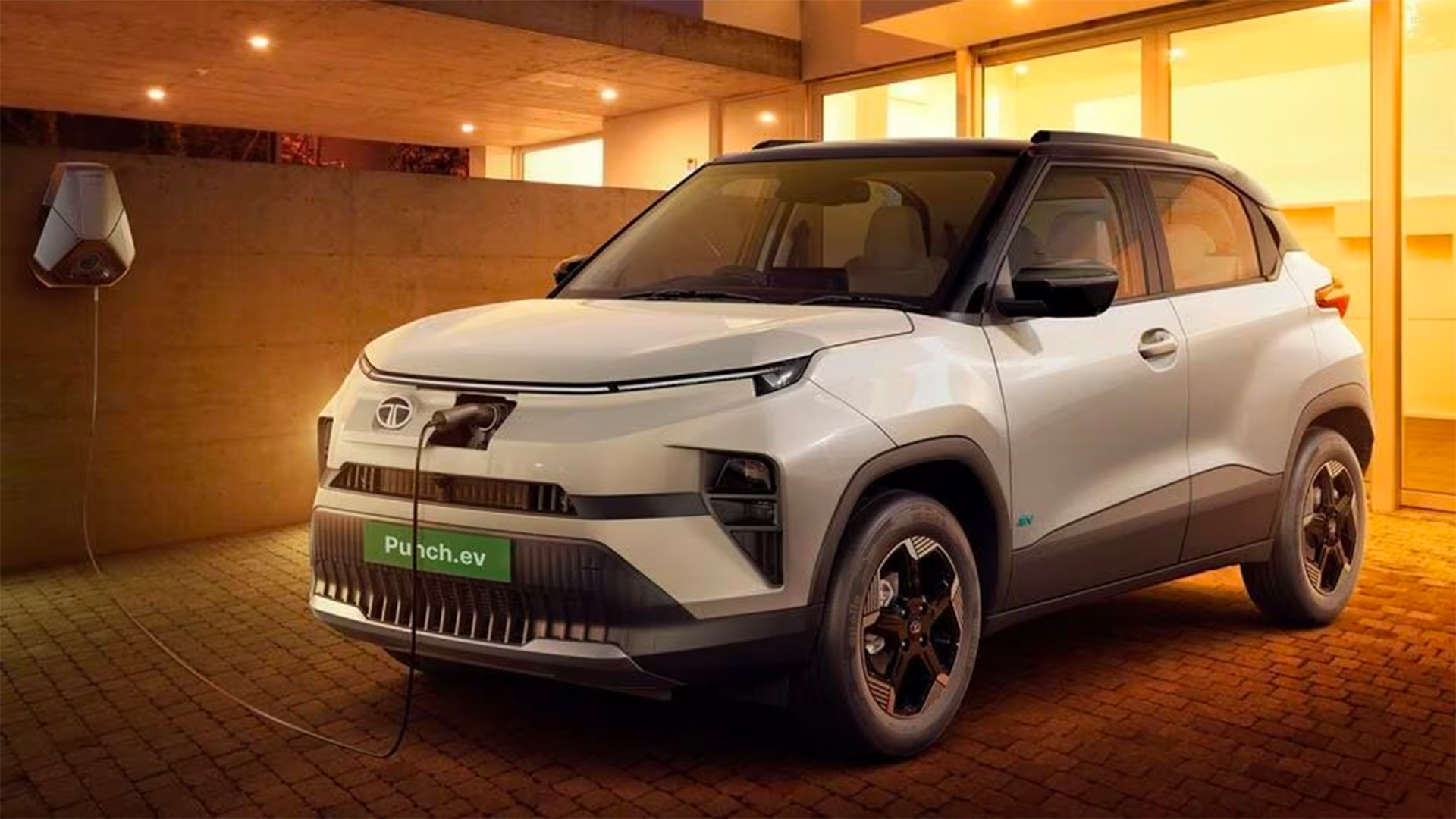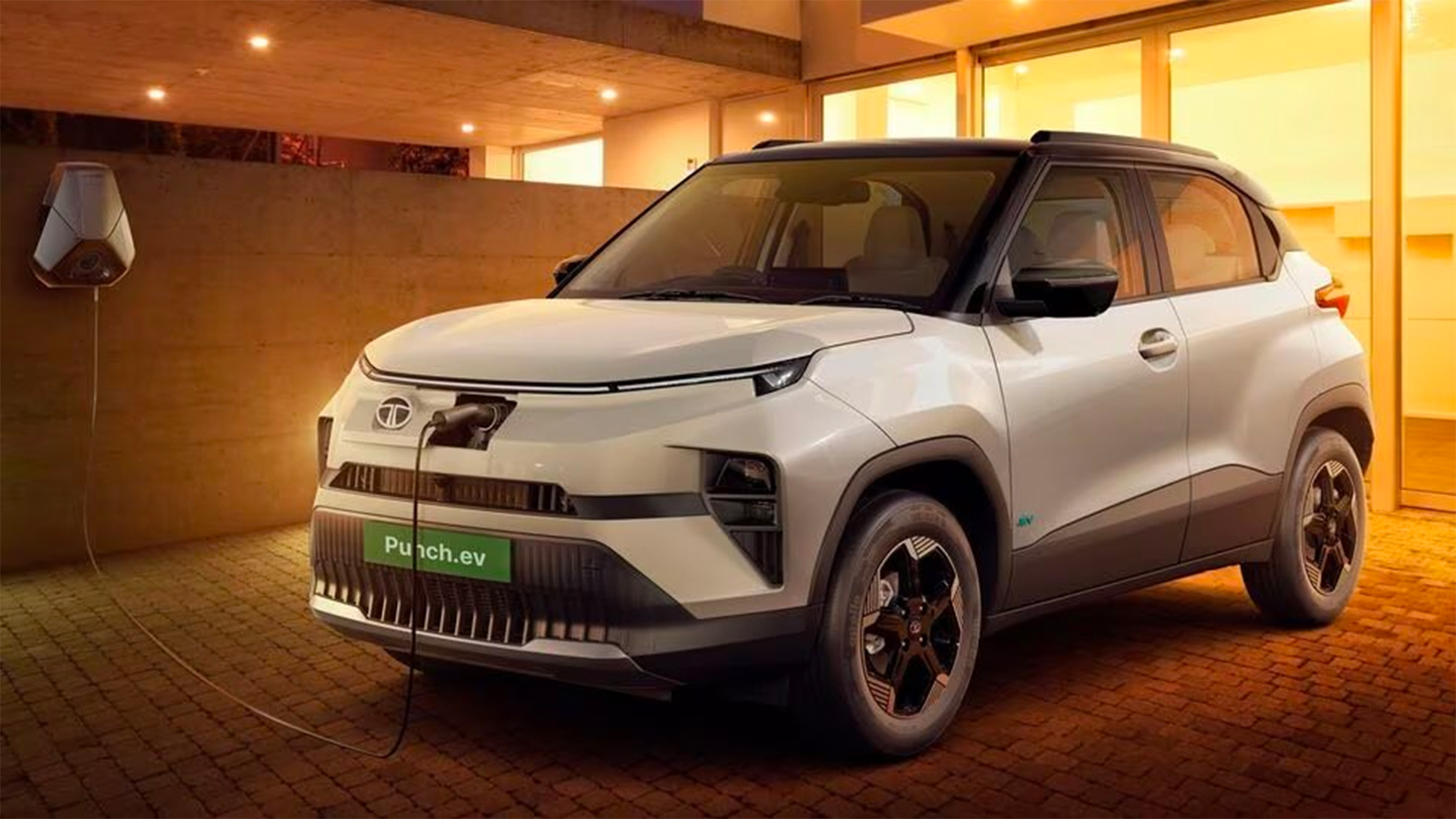The much relaunched Tata Nano has, to put it mildly, not set the tracks on fire despite a conscious effort to delink the car from its “cheap” image that almost doomed it from the start. The sales numbers since the Nano’s relaunch as GenX this mid-year, despite the addition of bells and whistles, including an automatic transmission, seem underwhelming.
The sales numbers for June, July and August are reported to be 1,700, 2,120 and 2,235 respectively - nothing significantly different from the numbers before the relaunch. The Hyundai Eon and the Alto 800, much pricier cars, did 4,540 and 11,507 units in August. Maybe the Nano will rev up post-monsoon, but I doubt it. I had thought it may have got the mix right this time , but the sales numbers do not suggest this. If a much relaunched car does not excite interest right at the outset, it is unlikely to do so later, unless we see an unexpected miracle. Reason: competitors emerge faster to take up the same spaces, and once you have the looks of an also-ran, perceptions are difficult to change.
The reasons for the Nano’s indifferent track record have been overanalysed to the point where they are not worth repeating. Its positioning as a Rs 1 lakh car made potential buyers wonder if they would get half a car, or merely an upgraded autorickshaw. Ratan Tata’s bet that those riding two-wheelers will buy the car turned out to be wrong.
As Dheeraj Sinha writes in his book India Reloaded, our idea of a car was conditioned by the old Ambassador - a roomy vehicle loaded with features that people had lusted after from the 1950s to the early 1980s, before the Maruti 800 changed expectations. Since then many other zany foreign cars have captured the desi consumer’s imagination. The aam aadmi’s basic need for transportation was anyway being fulfilled by two-wheelers; what he needed was not cheap transportation on four wheels, but something that addressed his aspirational needs. Status is a key component of aspiration, and the nano did not meet this need of the buyer. While affordability is always important in the mass market, a product that appears to be a stripped down version does not fit the bill for an aspirational population. The Indian consumer wants more for less, not less for less, Sinha notes while explaining why the Nano bombed.
Now consider the latest kid on the block - the Renault Kwid. For a price that’s just about Rs 50,000 or so above the base Nano price, the Kwid promises much more: a mini SUV kind of design which does not appear to have compromised on what an Indian looks for in a car. For a base price of Rs 2.56 lakh (on-road prices should cross Rs 3 lakh), the Kwid offers 25 km per litre, against similar mileage by the Nano. Other features add to the impression that this is a “real” car - and yet affordable.
While this does not mean the Kwid is automatically a winner, the fact is it has got its Indian customer understanding right. If it fails, it will be because it does not meet performance expectations, not because it offered a stripped down car on the cheap.
So what should the Tatas do with the Nano? This writer believes that if this time the car does not succeed, it is time to scrap it and cut one’s losses. The Tatas must abandon the Nano and build a new platform and give it a new name. The Nano is probably over.
Why are the Tatas themselves unable to see the writing on the wall?
First, they have probably fallen for the sunk cost fallacy. The sunk cost fallacy holds that human beings are more keen on loss aversion than making potential gains by painfully recognising a mistake. So, if they have invested a lot of money and effort in a project, they will invest even more in order to rescue it even if the signs are that the money may be better spent elsewhere. The Tata Nano investment appears to be one such example.
Second, the barrage of international publicity for a “sub-$2,500 car” also raised expectations and made pullout difficult. When the world is celebrating your success, it takes a lot of courage to tell them that - well, er - the idea is a failure. Too much publicity and media attention too soon can thwart rational decision-making.
Third, there is also the Ratan Tata name involved. Everyone knows that the Nano was Ratan Tata’s brainchild and he had visualised a “Rs 1 lakh car” that two-wheeler riders would be thrilled to own. However, this may precisely be the problem. The Nano is something in which the Tata group and its former boss invested huge emotion and resources. It is now difficult for them to admit they got it wrong. Though Ratan Tata himself is under no illusion about the Nano , it is still difficult to abandon all efforts to save it without serious loss of face.
The case of the failed Ford Edsel in the late 1950s comes to mind. Ford Motor named the Edsel after Henry Ford’s son, and invested $400 million in it without any market research on whether it would sell and what consumer need it was meant to fill. The Edsel was intended to close the market share gap with GM by offering the consumer higher value - something like what Tata attempted with the Nano. But value lies in the eye of the beholder; it is not all about price. No consumer research was done on whether the market would accept a “cheap” car as “cheapness” was considered to be its own justification.
The Edsel was meant to occupy the slot between a Ford and the company’s Mercury brand, but its pricing was just marginally above the top end Ford and marginally below the Mercury. The Tatas’ real price for the Nano (Rs 1.5-2 lakh after the initial Rs 1 lakh offer) also failed to impress. It was positioned theoretically between the top-end two-wheeler and the cheapest car but ended up with a perception problem as it was seen as less than a car, and not really cheaper than a regular second-hand car.
Like the Edsel, where Ford staked its all by associating it with a family member’s name, the Nano, by being so closely associated with Ratan Tata, has become tough to cut one’s losses on.
Within the next six months, the Tatas have to decide if the Nano is worth fighting for. They may have to bite the bullet on it.
However, on one issue the Tatas can claim victory. They have revolutionised thinking about the nature of affordability in an aspirational market. They discovered a market that showed the way to others, even if they themselves failed to exploit it. Sometimes pioneers pay the price for believing too much in their ideas.


)




)
)
)
)
)
)
)
)